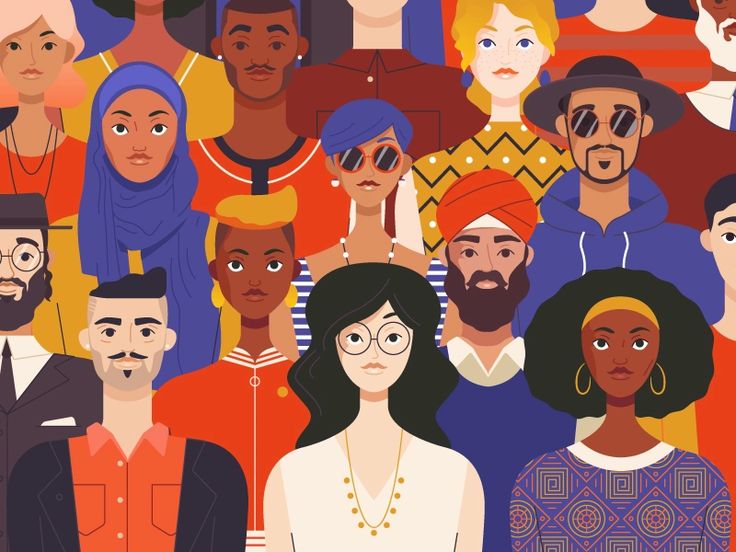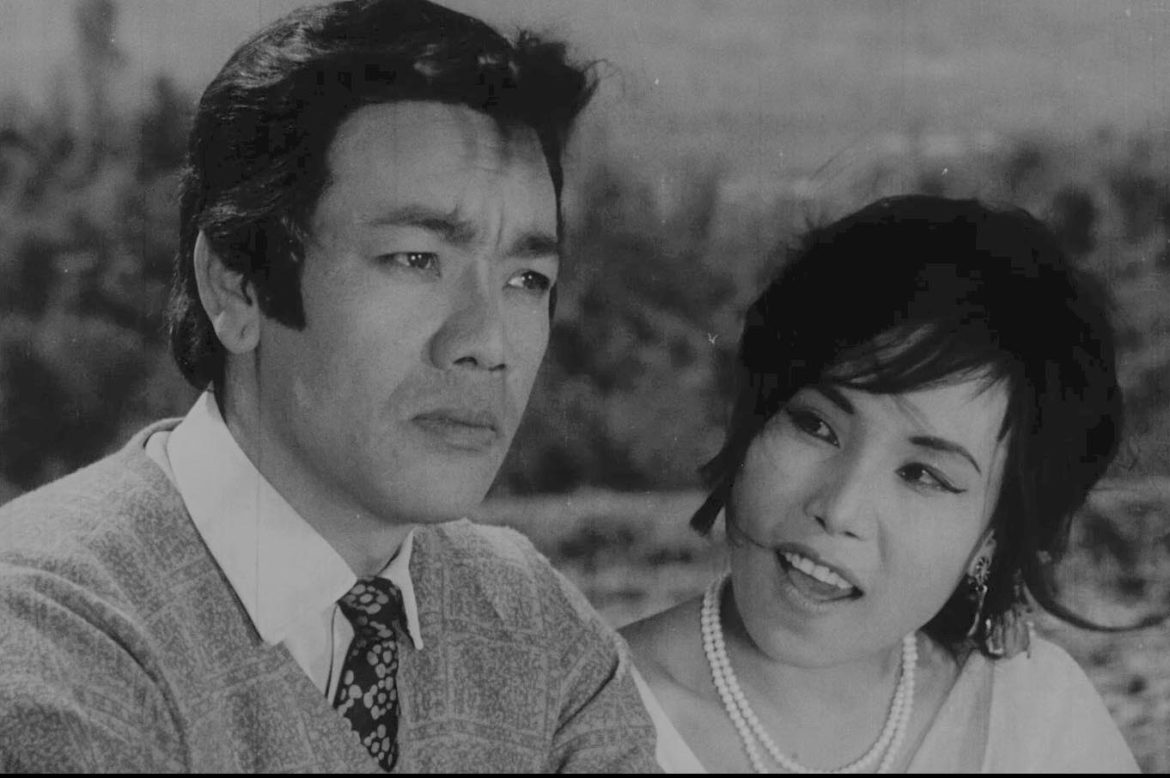Cinema has always been shaped by distribution models—from nickelodeons and drive-ins to multiplexes. Now, the digital revolution—with streaming platforms, algorithm-driven recommendations, and user data analytics—is radically transforming both cultural production and consumption.
In the pre-digital era, theatrical release windows controlled access, giving cinemas cultural primacy. Television later extended a film’s lifespan, with broadcast schedules shaping popular engagement. DVDs and video rental further democratized access—though with physical limitations and regional restrictions.
With the advent of high-speed internet in the 2000s, digital distribution emerged. Netflix shifted from mail-order DVDs to pioneering streaming in 2007. Today, platforms like Netflix, Amazon Prime Video, Disney+, Hulu, and local services like Hotstar (India) or iQiyi (China) dominate global consumption, offering vast catalogs accessible on demand.





